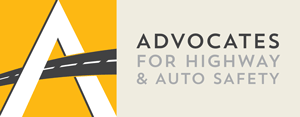CONTACT:
Advocates for Highway and Auto Safety: Pete Daniels / 202-408-1711 / 301-442-2249 (C) / pdaniels@saferoads.org
The Center for Auto Safety: Jason Levine / 202-328-7700 / contact@autosafety.org
Disability Rights Education & Defense Fund: Carol Tyson / 202-878-9186 / ctyson@dredf.org
League of American Bicyclists: Ken McLeod / 202-621-5447 / ken@bikeleague.org
Transportation for America: Jenna Fortunati / 202-868-4108 / jenna.fortunati@t4america.org
MEDIA ALERT:
Capitol Hill Briefing on Autonomous Vehicle Safety
SAFETY = STANDARDS, TRANSPARENCY & ACCESSIBILITY
DEPLOYMENT ≠ SAFETY
WHEN: Monday, January 13, 10:00 am EST
WHERE: Russell Senate Office Building, Room 385
WHO:
Cathy Chase, President, Advocates for Highway and Auto Safety
Jason Levine, Executive Director, Center for Auto Safety
Carol Tyson, Government Affairs Liaison, Disability Rights Education & Defense Fund
Ken McLeod, Policy Director, League of American Bicyclists
Scott Goldstein, Policy Director, Transportation for America
Michael Replogle, Deputy Commissioner for Policy for the New York City Department of Transportation
MORE INFORMATION:
Autonomous vehicles (AVs) hold tremendous potential for reducing traffic crashes, fatalities and injuries, and increasing mobility if they are developed and deployed in a way that prioritizes safety. The rush to allow this experimental technology to be sold, also referred to as deployment, comes amid widespread concerns about its readiness to deal with the complexities of our roads and accessibility. Public skepticism is high, and experts, including the National Transportation Safety Board (NTSB), have identified major safety problems with driverless technology and the lack of federal oversight of companies currently testing AVs.
This briefing offers an opportunity to hear from members of a diverse coalition on safeguards needed in any potential federal AV legislation:
- Prioritizing safety for all road users including motorists, pedestrians, motorcyclists, transit riders, and cyclists
- Ensuring safety for occupants and access for everyone, including people across the broad spectrum of disability
- Preserving local control to protect motorists, road users and consumers
- Providing appropriate data to consumers and local authorities
- Equipping the National Highway Traffic Safety Administration (NHTSA) with the resources and authorities it needs to oversee this new technology
###

